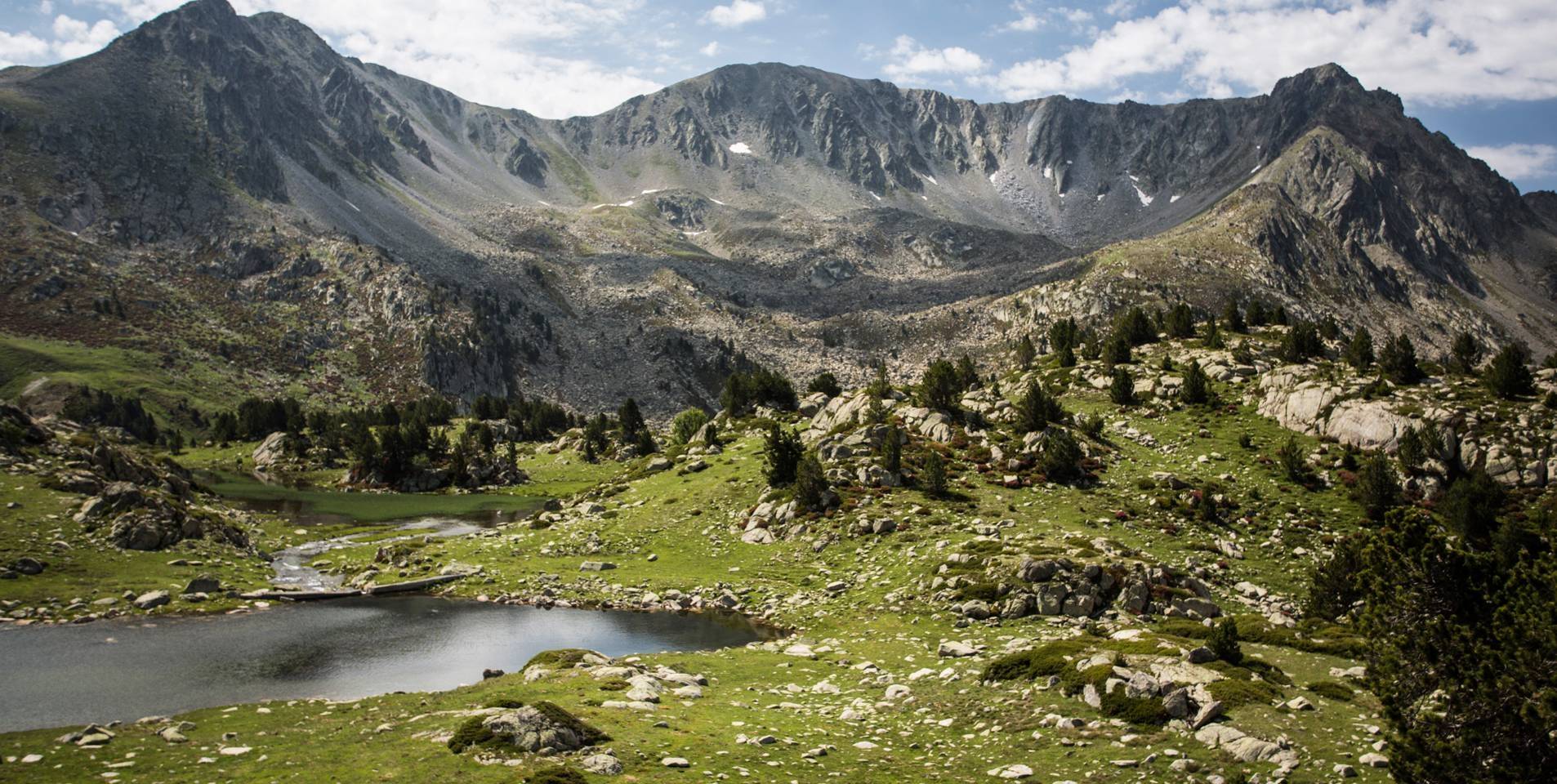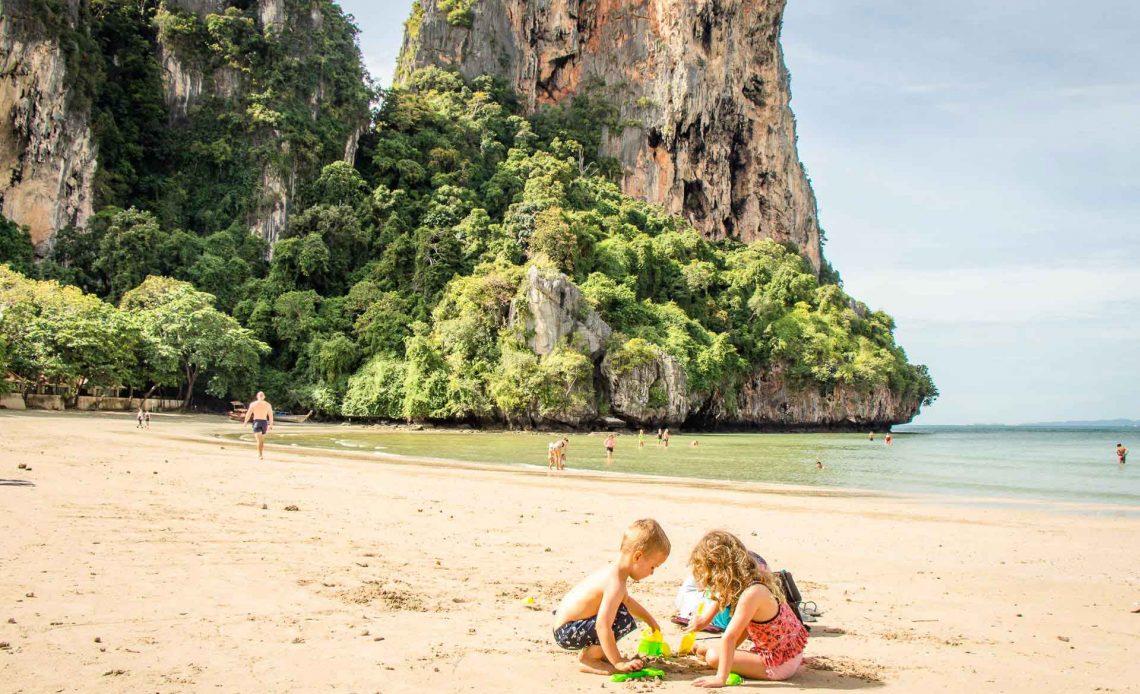Madriu Perafita Claror Valley : Andorra is one of the most unique countries in the world. Nestled in the mountains of the Pyrenees, a micronation sandwiched between Spain and France, Andorra is one of the world’s smallest and least populated countries. With its high altitude and mountainous terrain, Andorra has long been known as a haven for winter sports. And with very low taxes and duty-free stores, Andorra is also a popular destination for budget-conscious shoppers.
What is the Madriu-Perafita-Claror Valley?
The Madriu-Perafita-Claror Valley is an isolated and largely undeveloped valley, located to the southeast of Andorra. Originally formed by glaciers, the valley is spread over just 40 square kilometres. It is not particularly large, but in a small country like Andorra it is about 10% of the entire country! These days the valley is mostly unpopulated, although over the centuries it has been home to various small settlements, settlements and farming communities. Fascinatingly, the canyon is still only accessible on foot – there is no road leading into the valley, so it has remained largely unchanged for centuries.
Why is the Valley on the World Heritage List?
It is mainly because of its undeveloped nature that the Madriu-Perafita-Claror Valley was added to the World Heritage List in 2004. With its narrow hiking trails, isolated settlements and scattered pastures, the valley is considered a splendid example of what is known as a pastoral. The landscape reflects a rural lifestyle that was once common in most mountainous regions of Europe, but has almost completely disappeared.
It is extremely well preserved, with trails crisscrossing the valley – some leading as far away as France and Spain! Over the centuries, shepherds moved their herds around the area, farmers built small terraced fields to grow wheat, rye and hay, while other residents supplied basic essential trade such as mining, blacksmithing and logging.
Surprisingly, two small settlements still exist within the valley, with a total of 12 houses. But as you might expect, no one stays there year-round. The houses are populated only during the hot summer months. These days, the Madriu-Perafita-Claror Valley in Andorra is the last remaining undeveloped region, and is traditionally considered the “spiritual heart” of the country. The protection of the valley on a World Heritage Site is a clear reflection of that pride and importance.
What is visiting the Madriu-Perafite-Claror Valley like?
Traveling to the Madriu-Perafita-Claror Valley these days is a great experience. As mentioned, there are no roads in the valley, so you’ll have to get there yourself on foot – like centuries ago. This means that once you leave the carpark and its surroundings, you are immediately in the middle of nature. Although you are right near Andorra la Vella, the capital of Andorra, the gorgeous atmosphere makes it all too easy to forget.
The valley itself is quite beautiful. We went on a hot summer day under the bright blue skies and bright sunshine. The snow-capped mountains of the Pyrenees rose above us as we burrowed into the valley along the footpath. Dense green pine forests surrounded us, while the trail tumbled down steep slopes and left behind even steeper hills. From time to time you’ll pass a small terraced field, or cross a fast-flowing stream with icy cold mountain waters. With binoculars, or a good camera zoom lens, you can pick out individual stone shepherd’s huts, but they are usually located in the further reaches of the valley and are difficult to visit.
Given that the pastoral landscape is one of the main reasons for its inclusion in the World Heritage List, it is not surprising that the Andorran government designed a series of impressive walkways that followed laid-back pastoral and farming routes over the centuries. is. These are all generally very well indicated, It is however highly recommended that you are in reasonable physical shape, as most of the route has strenuous climbs and descents, and can take most days to complete. It’s tough, and of course a thorough workout, but the views and incredible nature are absolutely worth it!
How can I visit the Valley?
Naturally, the first step to visiting the Madriu-Perafita-Claror Valley is to go to Andorra. Spain has an airport across the border, although flights are not particularly common or cheap. A better option is flying to Barcelona or Toulouse and driving or catching a bus from there. Once you’re in Andorra, getting around can be a bit tricky, although there is a pretty good bus network to rely on.
For direct access to the Madriu-Perafita-Claror Valley National Park, I strongly recommend starting with the Angolastars area. You can catch a bus here, or you can drive yourself if you have your own transport. Take the Engolasters Road (CS-200) into the mountains, through the town of Engolasters, and follow it to the end of the road near the lake.
Here you will find a parking lot, which is marked on Google Maps as Apparement de les Fontes. Directly across the road from here is the Als Matxos path, which you should walk for about 45 minutes to reach Col Jovel.
Stop here for a spectacular view in Andorra la Vella, to enjoy the mountain views, and the World Heritage Valley stretches out before you. It is the beginning of a World Heritage Area, and serves as the trailhead for one of several walking trails. From here, I recommend following the light blue walking route #1 to the Ramio settlement, or the green route #7 to the Fontward refuge.
Be sure to take a map with you, and make sure you know your abilities before heading out. The trails are well made and even, but very steep in places and surprisingly long too!









